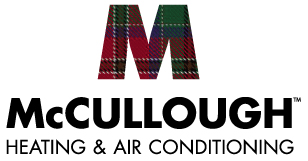4.8 Google Rating
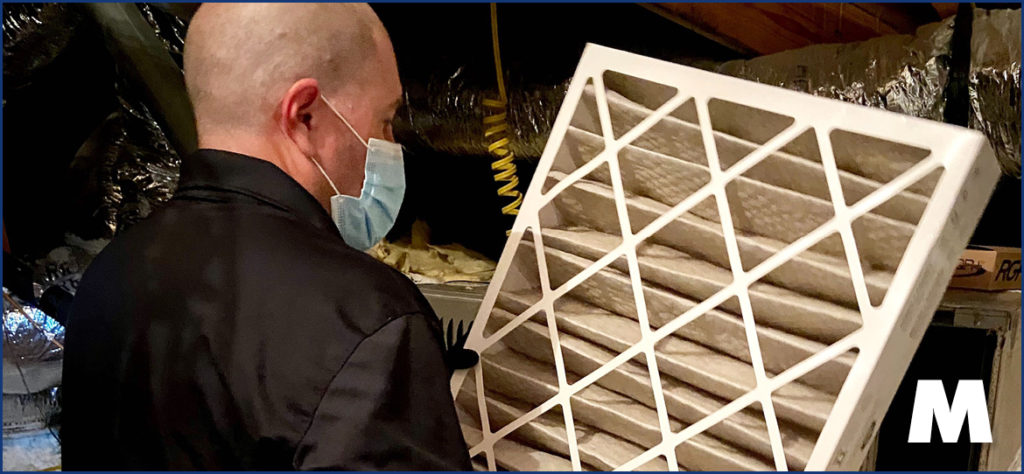
How Your HVAC Can Help You Fight Cold & Flu Season
As cold and flu season approaches, many homeowners take extra precautions to avoid getting sick, such as washing hands frequently, maintaining a healthy diet, and using hand sanitizers. However, one key element that often gets overlooked is the role of indoor air quality. Your HVAC system can be an effective tool in reducing the spread of germs and maintaining a healthier environment during these months.
The air inside your home can contain harmful pollutants, allergens, and even bacteria and viruses that contribute to respiratory issues and other illnesses. Properly maintaining your HVAC system and investing in air purification solutions can significantly improve indoor air quality, making your home a healthier space for your family. In this article, we’ll explore how your HVAC can help you fight cold and flu season and what steps you can take to ensure it’s operating at its best.
1. Improving Air Circulation and Filtration
One of the most important functions of your HVAC system is maintaining consistent air circulation throughout your home. Good air circulation can help reduce the concentration of airborne pollutants, allergens, and pathogens. By continuously moving air through filters, HVAC systems can trap particles that contribute to poor air quality, including dust, pollen, mold spores, and even some bacteria.
For cold and flu season, it’s especially beneficial to upgrade your air filters. Standard HVAC filters can capture larger particles, but during this time of year, it’s wise to invest in HEPA (High-Efficiency Particulate Air) filters. HEPA filters are designed to capture 99.97% of airborne particles as small as 0.3 microns, including bacteria and viruses. By using high-quality filters, you can reduce the risk of airborne transmission of cold and flu viruses in your home.
2. Air Purification Technology
Air purification systems are an excellent addition to any HVAC setup, particularly during cold and flu season. While your HVAC system does a good job of filtering air, combining it with air purification technology enhances its effectiveness in neutralizing airborne viruses and bacteria.
There are various types of air purifiers that can be integrated with your existing HVAC system. UV (Ultraviolet) air purifiers use ultraviolet light to kill or deactivate germs and viruses that pass through the HVAC system. UV light damages the DNA of microorganisms, preventing them from reproducing and spreading.
Another option is an ionizing air purifier. These devices release charged ions into the air that attach to particles, causing them to clump together and get trapped more easily by the HVAC filters. Ionizing purifiers are particularly useful for reducing smaller particles that traditional filters might miss.
Air purification is especially helpful during cold and flu season because it targets the very pollutants that contribute to the spread of germs. By incorporating these technologies, you create an additional line of defense in your home against airborne pathogens.
3. Humidity Control
Maintaining the right level of humidity in your home is another key factor in reducing the spread of cold and flu viruses. Studies have shown that viruses survive longer in environments with low humidity. During the winter months, the air tends to be drier, which not only makes it easier for viruses to thrive but also causes discomfort for your respiratory system. Dry air can irritate your nasal passages and throat, making you more susceptible to catching a virus.
Your HVAC system can help regulate the humidity in your home by adding a whole-home humidifier to your system. A whole-home humidifier ensures that your indoor air stays within the optimal humidity range of 30% to 50%. This range makes it more difficult for viruses to survive while also making the air more comfortable to breathe.
By controlling the humidity in your home, you can improve your overall indoor air quality and reduce the likelihood of cold and flu transmission.
4. Ventilation and Fresh Air Intake
Another critical aspect of improving indoor air quality during cold and flu season is ensuring proper ventilation. While it’s tempting to seal off your home during the colder months to conserve heat, this can result in stagnant air, which increases the concentration of airborne pollutants and germs.
Many modern HVAC systems come equipped with ventilation features that allow for the intake of fresh outdoor air. Even if your system doesn’t have a dedicated fresh air intake, opening windows periodically can also help to reduce the concentration of indoor pollutants. By introducing fresh air into your home, you’re effectively diluting indoor contaminants and reducing the risk of getting sick.
If you’re concerned about energy efficiency, a heat recovery ventilator (HRV) or energy recovery ventilator (ERV) can be added to your HVAC system. These devices exchange stale indoor air for fresh outdoor air while recovering heat in the process, ensuring you don’t lose warmth when ventilating your home.
5. Routine Maintenance for Optimal Performance
For your HVAC system to effectively help you fight cold and flu season, regular maintenance is essential. An HVAC system that’s not well-maintained may struggle to circulate and filter air properly, which reduces its ability to improve indoor air quality.
At the start of cold and flu season, it’s a good idea to have a professional inspect your HVAC system to ensure it’s running at peak efficiency. Regular filter changes are also crucial, especially during a time when air filtration is essential for removing airborne germs. Neglecting filter changes can lead to a clogged system, which reduces airflow and compromises air quality.
Beyond just air filters, your HVAC system’s components such as coils, ducts, and vents also need to be clean and free of dust and debris. A clean system means better air circulation, more efficient operation, and a healthier environment for you and your family.
Conclusion: Why Choose McCullough Heating & Air Conditioning?
Cold and flu season is a time when families should be extra vigilant about their health, and improving your home’s indoor air quality is a key step. Your HVAC system, when properly maintained and equipped with the right air purification technology, can significantly reduce the spread of germs and create a healthier living environment.
At McCullough Heating & Air Conditioning, we understand the importance of indoor air quality, especially during cold and flu season. Our team of professionals is here to help you optimize your HVAC system with advanced air purification solutions, humidifiers, and regular maintenance services. Contact us today.
Recent News

Why Texas Homeowners Are Upgrading to Heat Pumps in 2026: Efficiency & Tax Credit Insights
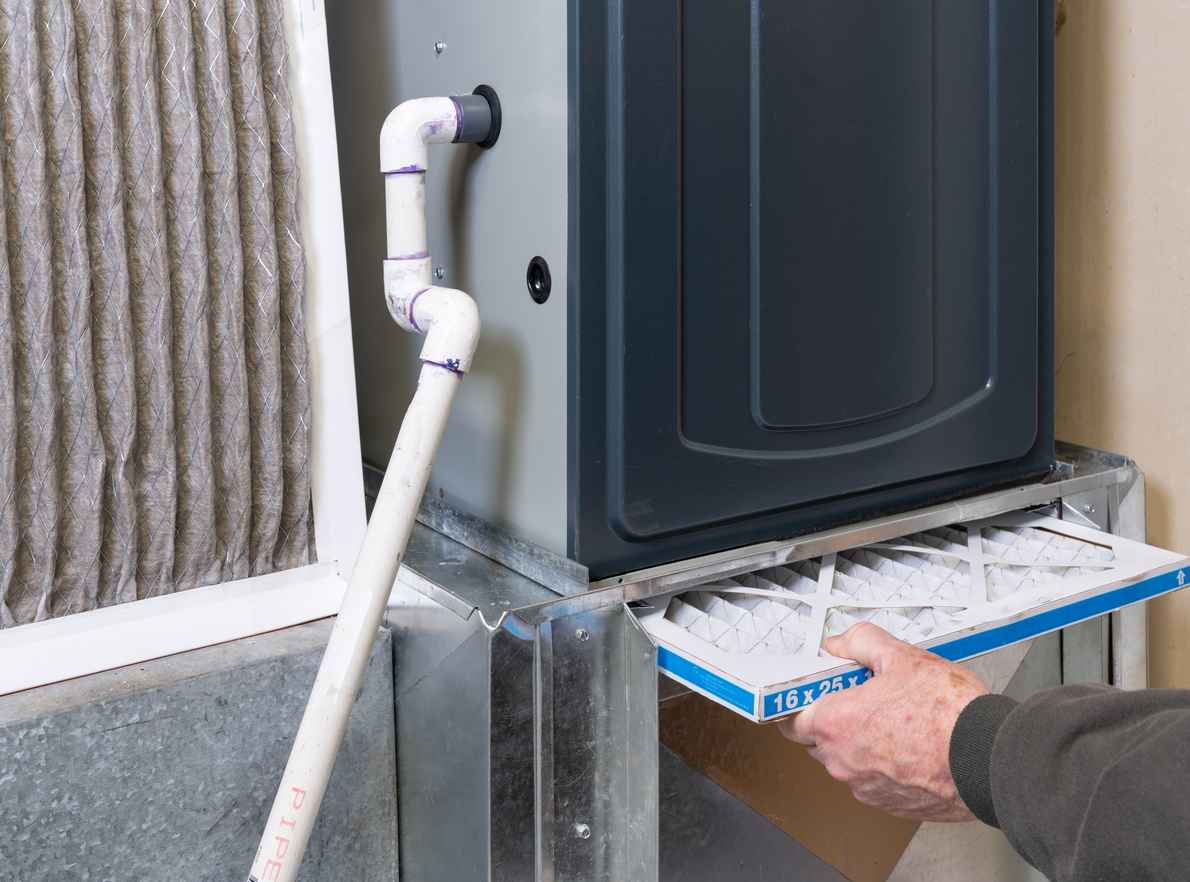
Is Your Furnace Ready for a Central Texas Winter? Austin Homeowners Should Check This First

Don’t Get Spooked by Strange HVAC Noises This Halloween: Austin’s Guide to a Fright-Free, Cozy Home
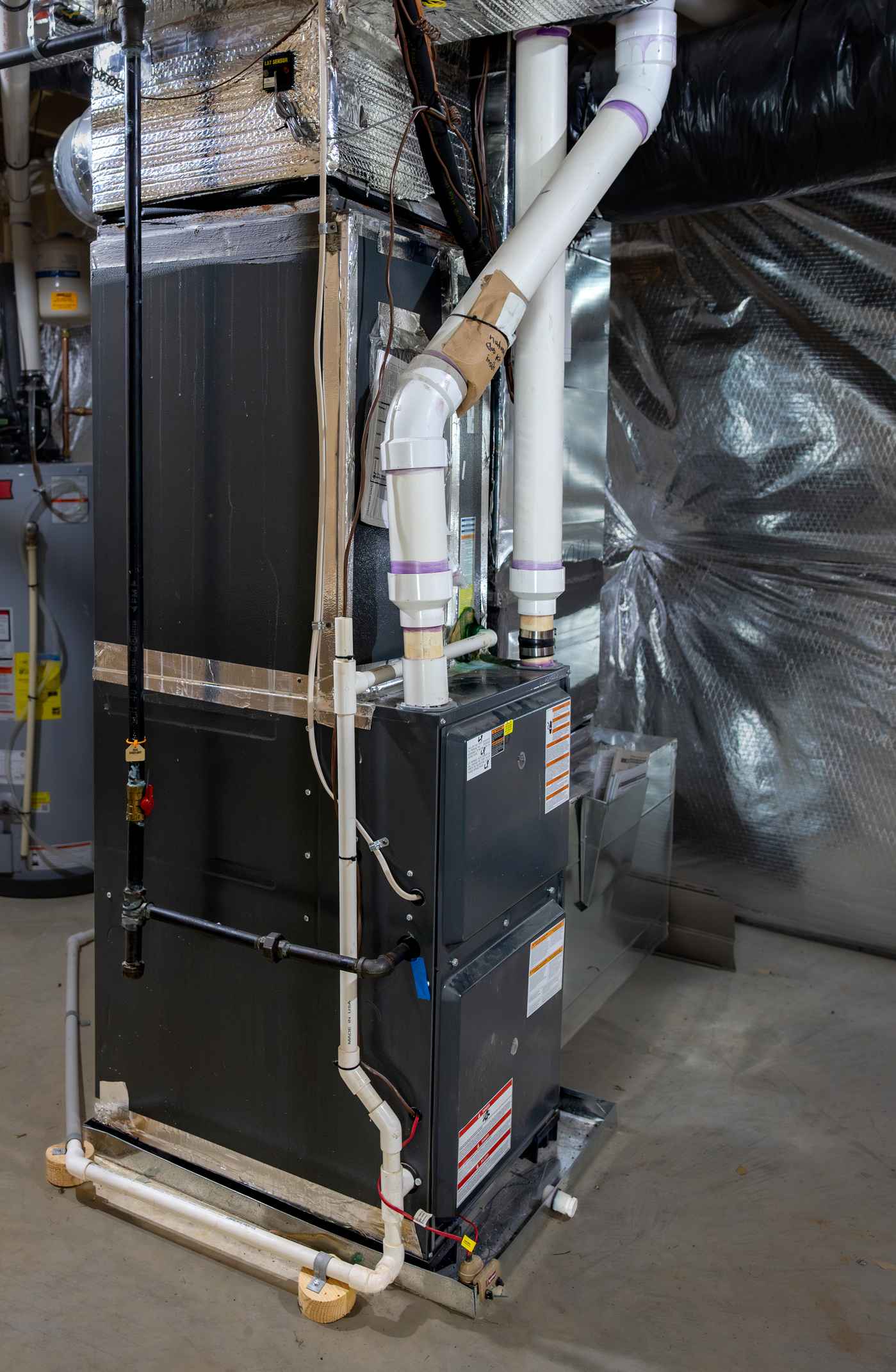
Preparing Your Austin Home for the Switch from AC to Heat
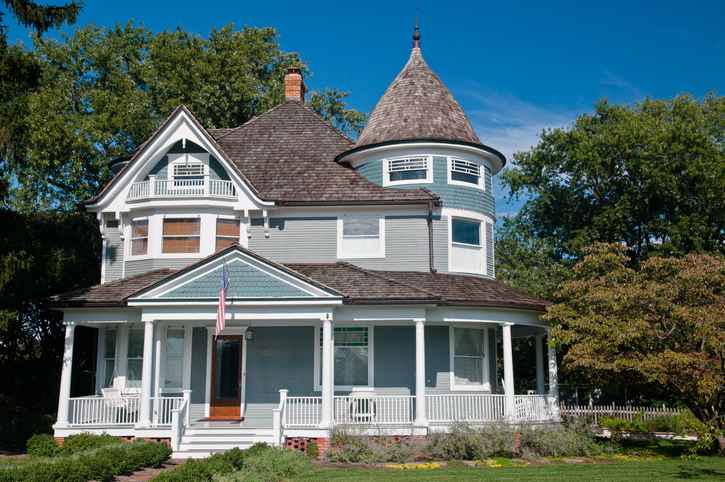
Why Austin’s Older Homes Need Special Attention When It Comes to HVAC Efficiency
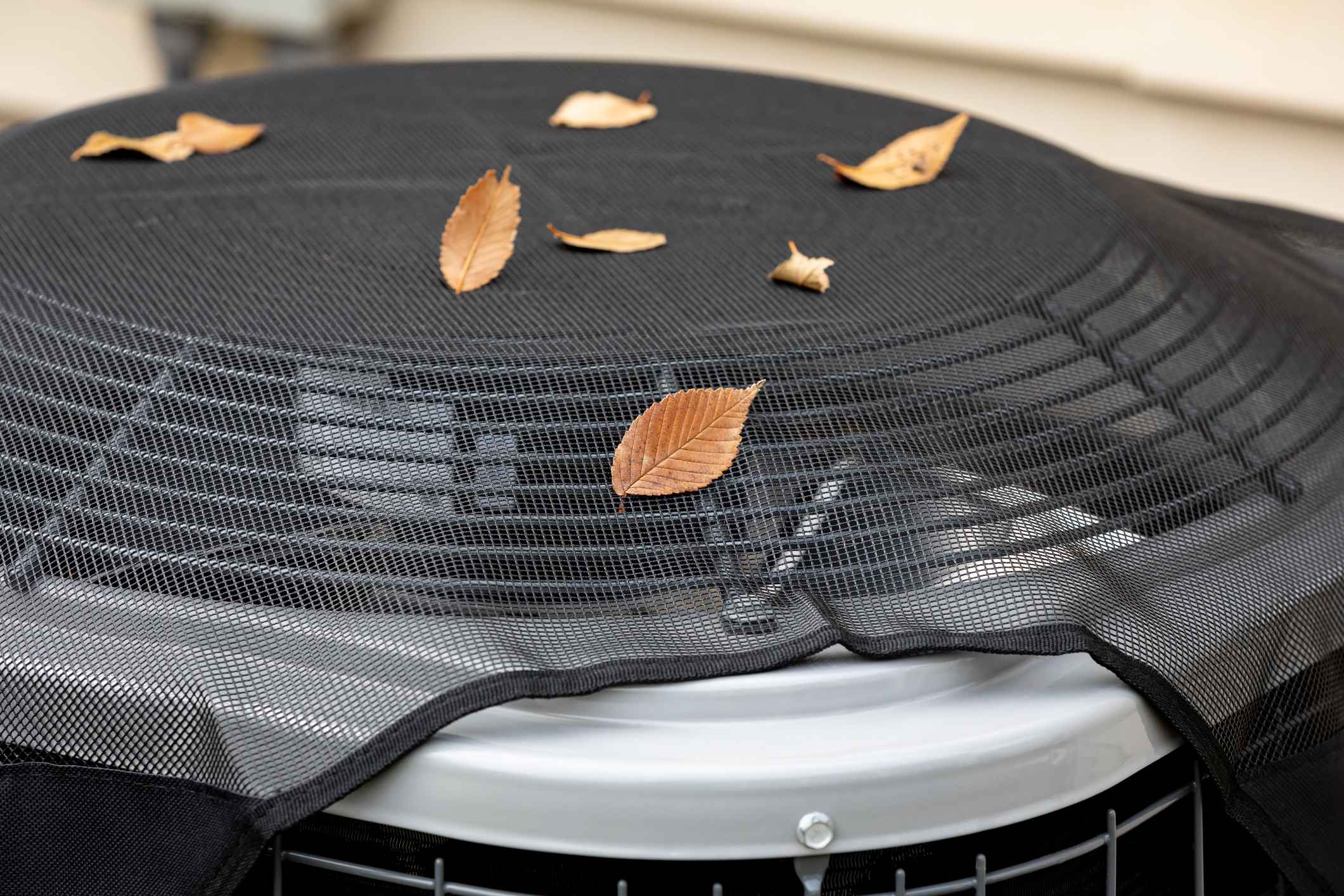
Staying Cool This Fall: HVAC Tips for Austin Homes During October Heat


